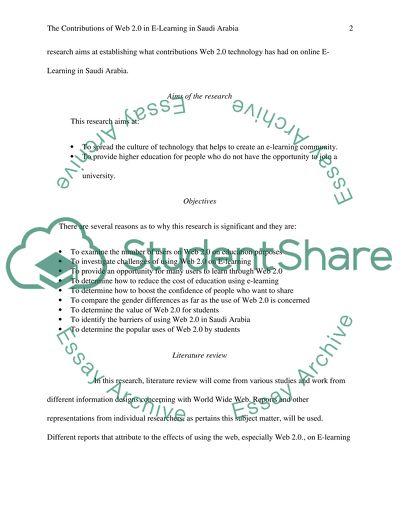Cite this document
(“The Contributions of Web 2.0 in E-Learning in Saudi Arabia Research Paper”, n.d.)
The Contributions of Web 2.0 in E-Learning in Saudi Arabia Research Paper. Retrieved from https://studentshare.org/information-technology/1441078-phd-proposal-the-contribution-of-web
The Contributions of Web 2.0 in E-Learning in Saudi Arabia Research Paper. Retrieved from https://studentshare.org/information-technology/1441078-phd-proposal-the-contribution-of-web
(The Contributions of Web 2.0 in E-Learning in Saudi Arabia Research Paper)
The Contributions of Web 2.0 in E-Learning in Saudi Arabia Research Paper. https://studentshare.org/information-technology/1441078-phd-proposal-the-contribution-of-web.
The Contributions of Web 2.0 in E-Learning in Saudi Arabia Research Paper. https://studentshare.org/information-technology/1441078-phd-proposal-the-contribution-of-web.
“The Contributions of Web 2.0 in E-Learning in Saudi Arabia Research Paper”, n.d. https://studentshare.org/information-technology/1441078-phd-proposal-the-contribution-of-web.


